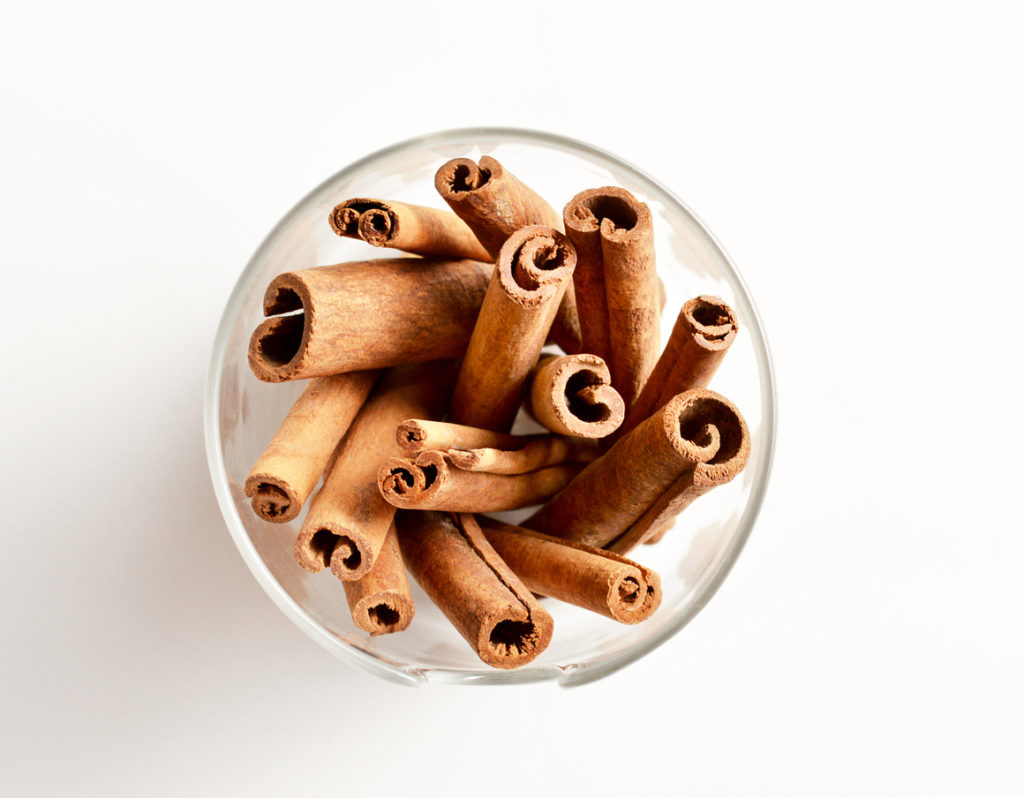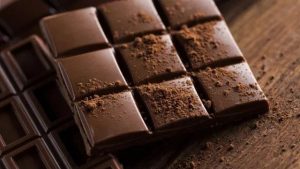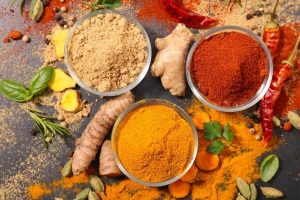What Causes the Mid-Afternoon Slump, and How to Deal With It
Whilst a slight dip in energy after lunchtime is normal, a major slump where you struggle to recover your focus, even with the help of some fresh air or a short break, may indicate a deeper issue with the way your body maintains its energy levels.
Let me explain…
Your body makes energy from the food you eat; the digestive system breaks down carbohydrates (found in foods such as vegetables and grains) to produce glucose, which is moved into your cells to create energy, or stored for later use. This process is controlled by the hormone, insulin, which is responsible for keeping a steady flow of glucose into your cells, and therefore an even flow of energy for your body’s needs.
This maintains your mental and physical momentum all day– keeping you feeling focused and active. However, in some instances, insulin is unable to effectively usher glucose into your cells – reducing your brain’s access to the fuel it needs to keep you switched on.
There are several reasons why this can occur, and many of these can be addressed naturally. To help you beat the slump, we’ve created a list of its top three causes and how to correct them, so you can get back to performing at your peak!

Running on empty without enough nutrients
Insulin’s ability to do its job relies on certain nutrients, however, it is common for many individuals to fall short of getting enough of these nutrients from their diet. This can occur for various reasons, including poor dietary habits and declining levels of nutrients in our food (due to farming, storage and transporting practices). On top of this, stressful events and certain medications can also deplete your nutrient levels by increasing the demand for particular nutrients, affecting their absorption from the gut, or by increasing clearance of these nutrients from the body.
Research has shown that low levels of vitamin D, magnesium, zinc and chromium can all impair how well your insulin ushers glucose into your cells, and this can limit the amount of glucose getting through to your brain, sending you into a slump.
If you think you might be lacking in some of these nutrients, seek the advice of a Practitioner who can identify nutritional deficiencies and help you manage them. In addition to reversing deficiencies, they may also prescribe natural ingredients such as alpha lipoic acid, which enhances your cells’ ability to access glucose, helping your body get the steady stream of glucose and energy it needs.
Going into overdrive with stress
Your natural stress response is a wonderful thing as it allows you to tap into an alert, high-functioning state, both mentally and physically, to allow you to cope with and adapt to stress. That said, the pace of modern life can often lead to constant activation of your stress response, which can cause problems with blood glucose and energy levels.
Stressful situations cause the body to release high levels of cortisol, a hormone that stimulates the body to overcome stressful events by causing helpful changes, such as the release of stored glucose so that your cells can access energy on demand. Once midday hits, cortisol naturally tapers down (in preparation for allowing you to fall asleep in the evening), taking its glucose-releasing effects with it.
Normally, this tapering effect causes a slight dip in energy, but under high levels of stress, elevated cortisol levels drop rapidly, causing the body to swing from releasing high amounts of glucose to low amounts. As there is still a lot of insulin circulating through the bloodstream, this rapidly clears the blood of glucose, suddenly leaving many cells high and dry without enough glucose to go around, resulting in a one-way ticket to slump-town!
Creating a healthy sleep routine, practicing regular meditation, daily exercise, and making time to do the things you love can all lower stress levels and help you overcome your mid-afternoon slump, discussed further in this blog.

Fueling yourself with a high sugar diet
A high sugar diet (rich in refined carbs, sweets and soft drinks) is another common reason for afternoon fatigue, as over time it can disrupt your body’s ability to control blood glucose. These foods contain large amounts of sugar that is quickly broken down to glucose, and then rapidly absorbed into the blood, causing your glucose levels to skyrocket. Even though insulin steps in to curb glucose levels, over time, consuming a high sugar diet results in your body becoming less sensitive to the effect of insulin (to avoid taking in more glucose). This effect is known as ‘insulin resistance’, and disrupts your cells’ ability to access glucose (and energy) when needed (e.g. in the afternoon when your energy levels naturally dip), causing fatigue.
The good news is that it only takes a few small changes to improve your diet and increase your energy. Firstly, eating a range of unprocessed wholefoods (i.e. foods that are closest to their natural form, such as vegetables, legumes, nuts, seeds, eggs and grains) can help maintain steady blood glucose levels. Rather than spiking your blood glucose quickly, these foods allow glucose to be steadily absorbed into the bloodstream over a few hours, due to their protein and fibre content, helping slow down the absorption of glucose. This reduces the risk of your body’s cells becoming saturated with glucose, lowering the risk of your body becoming insulin resistant. In addition, herbal medicines such as cinnamon and raw cocoa can also help to maintain steady blood glucose levels and reduce insulin resistance, allowing you to tap into energy and power through.

Beat the slump and get back on top
More often than not, finding solutions for the mid-afternoon slump starts with taking stock of personal health factors and habits that may contribute to your drop in energy. This includes reviewing the quality of your diet, sleep, levels of stress and other factors that can prevent your body from being able to maintain steady energy levels. Often, these factors can be numerous and complex, which is where a qualified natural healthcare Practitioner can help you identify the areas that need support, and tailor solutions that meet your body’s particular needs – making the mid-afternoon slump all but a memory in a refreshed and re-energised mind.





